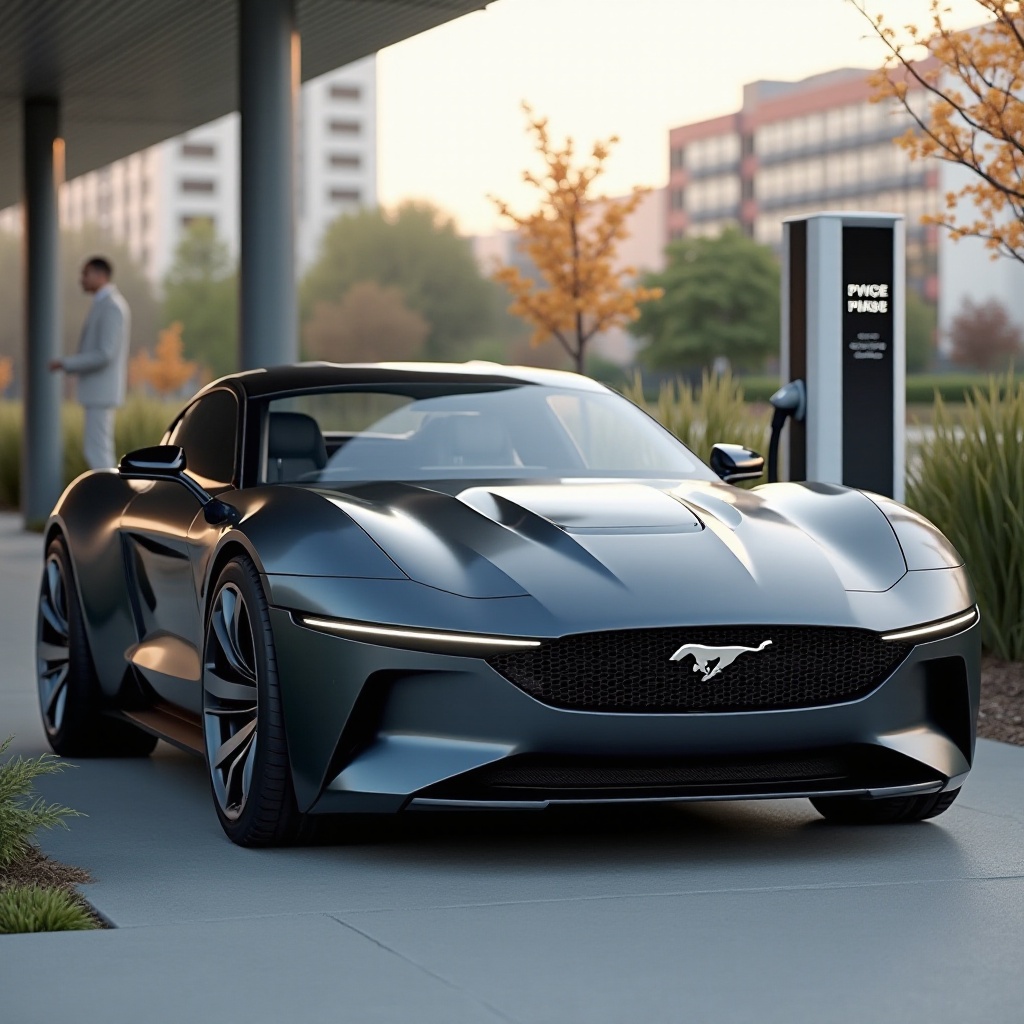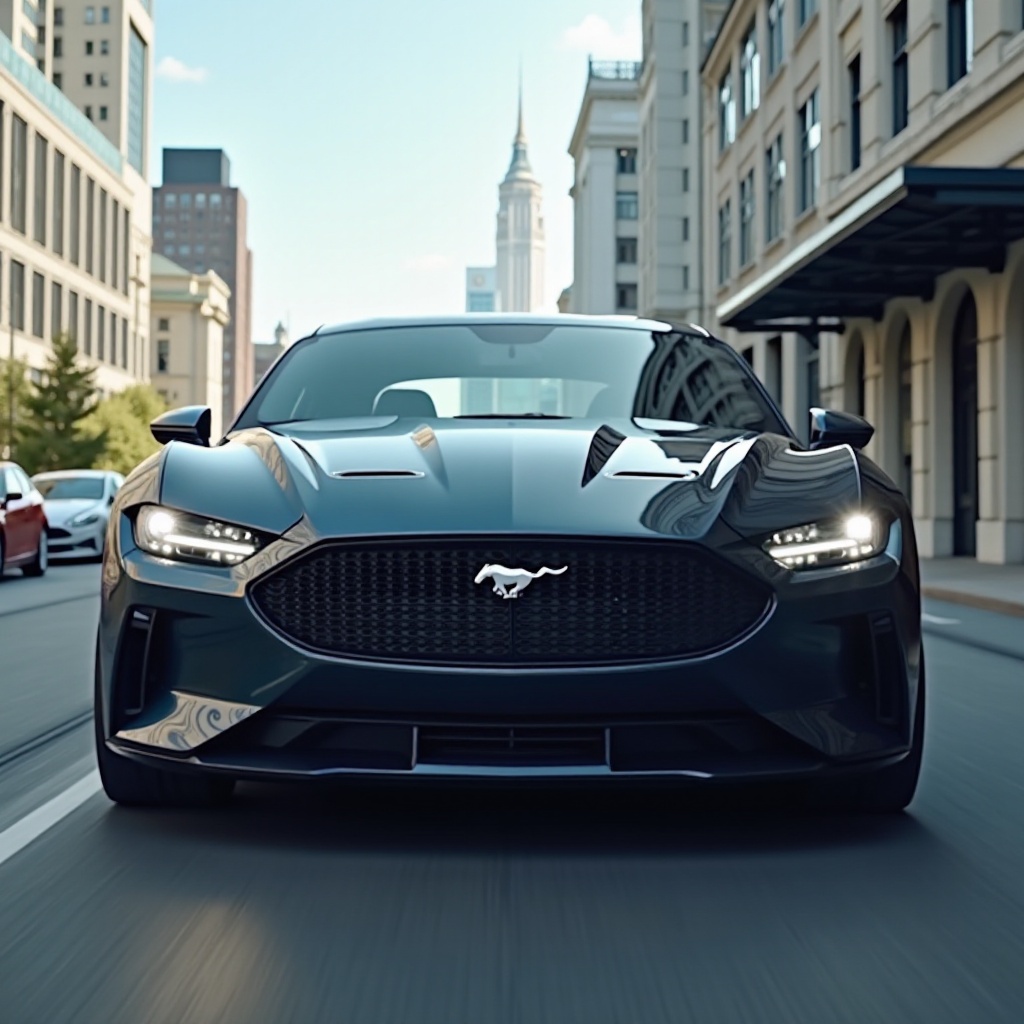Introduction
The Mustang Mach-E has revolutionized the electric vehicle (EV) landscape with its impressive design and innovative features. The battery capacity of the Mustang Mach-E significantly impacts the vehicle’s performance, range, and overall driving experience. Understanding the battery options available in the Mustang Mach-E is crucial for potential buyers and enthusiasts. This article explores the specifics of the Mustang Mach-E’s battery capacity, its effect on vehicle performance, charging dynamics, and more.

Battery Options and Specifications
The Mustang Mach-E offers two primary battery options: the Standard Range and the Extended Range. The Standard Range battery provides a 68 kWh usable capacity, making it ideal for daily commuting needs. On the other hand, the Extended Range battery boasts an 88 kWh usable capacity, offering a longer driving range suitable for long trips.
Both battery versions feature liquid-cooled lithium-ion technology, ensuring optimal performance and durability. Positioned under the floor, these batteries lower the vehicle’s center of gravity, enhancing handling and stability. Additionally, the Mustang Mach-E employs regenerative braking, which recharges the battery, increasing overall vehicle efficiency.

Impact on Vehicle Performance
The battery capacity directly influences the Mustang Mach-E’s performance metrics. With the Standard Range battery, drivers can expect an estimated range of around 230 miles for the rear-wheel-drive (RWD) model and slightly less for the all-wheel-drive (AWD) version. The Extended Range option provides approximately 300 miles for the RWD model and 270 miles for the AWD model.
Acceleration and speed are also noteworthy. The Mustang Mach-E GT, equipped with the Extended Range battery, accelerates from 0 to 60 mph in just 3.5 seconds, positioning it as a formidable competitor in the EV market.
The advanced battery management systems ensure consistent power delivery, optimizing driving dynamics while maintaining energy efficiency. The choice between Standard Range and Extended Range depends on driving habits and desired performance levels.
Charging Dynamics and Best Practices
Charging the Mustang Mach-E is straightforward with multiple charging options available. Owners can use a standard 120V outlet, but a 240V home charger is recommended for faster charging. Public charging infrastructure supports both AC and DC fast charging, with the latter significantly reducing charging time.
To prolong battery life and enhance performance:
1. Keep the battery charge level between 20% and 80% for daily use.
2. Avoid frequent use of high-power DC fast charging to prevent slight battery health deterioration.
3. Maintain a consistent charging routine, ideally overnight with a Level 2 charger.
4. Monitor battery health through the vehicle’s onboard diagnostics to address any issues promptly.
Following these best practices ensures the Mustang Mach-E remains efficient and reliable over its lifetime.
Comparing Mustang Mach-E with Competitors
When compared to competitors like the Tesla Model Y, Volkswagen ID.4, and Chevrolet Bolt EV, the Mustang Mach-E stands out with its distinctive muscular design, reminiscent of the classic Mustang. The Tesla Model Y offers variants with slightly higher capacities, giving it a marginal range advantage. However, the Mustang Mach-E’s Extended Range option offers a compelling package with robust performance.
The Volkswagen ID.4 focuses on affordability and practicality, though it lacks the high-performance metrics seen in the Mustang Mach-E and Tesla Model Y. The Chevrolet Bolt EV, aimed at the entry-level segment, has a smaller battery capacity and range.
Overall, the Mustang Mach-E competes effectively with its blend of performance, range, and brand appeal, making it a strong contender in the EV market.

Consumer Considerations and Feedback
Consumers generally praise the Mustang Mach-E for its engaging driving dynamics, modern technology, and stylish design. The battery capacity and resultant range meet the needs of most users.
However, some feedback highlights areas for improvement. Consumers suggest enhancing the charging infrastructure, especially in areas with limited fast chargers. Additionally, real-world range can vary based on driving style and conditions.
Despite this, the overall sentiment is positive, with many owners appreciating the balance between performance and practicality that the Mustang Mach-E offers.
Future Innovations in Battery Technology
The future looks promising for the Mustang Mach-E and electric vehicles. Ongoing research in solid-state batteries promises higher energy densities, faster charging times, and improved safety. Ford is investing heavily in next-gen battery technology, aiming to enhance the Mach-E’s range and performance further.
Advancements in battery recycling and sustainable manufacturing processes will make future batteries more eco-friendly. Wireless charging technology is also on the horizon, offering even greater convenience for EV owners.
These innovations are set to place the Mustang Mach-E at the forefront of the EV revolution, continually enhancing its appeal and performance capabilities.
Conclusion
The Mustang Mach-E, with its impressive battery capacity and advanced technology, represents a significant leap forward in electric vehicles. Whether choosing the Standard Range or Extended Range battery, consumers have options that cater to diverse needs, ensuring a versatile and dynamic driving experience.
Frequently Asked Questions
What is the difference between the Standard Range and Extended Range batteries in the Mustang Mach-E?
The Standard Range battery has a 68 kWh usable capacity, while the Extended Range battery offers 88 kWh, providing a longer driving range and better performance metrics.
How long does it take to charge the Mustang Mach-E?
Charging times vary based on the power source. A 240V home charger typically takes around 9-10 hours for a full charge, whereas DC fast charging can significantly reduce this time to approximately 45 minutes for an 80% charge.
How does the Mustang Mach-E’s battery capacity impact its driving range?
The battery capacity directly affects the driving range. The Standard Range offers around 230 miles with RWD, while the Extended Range can provide up to 300 miles, making it suitable for longer journeys.
